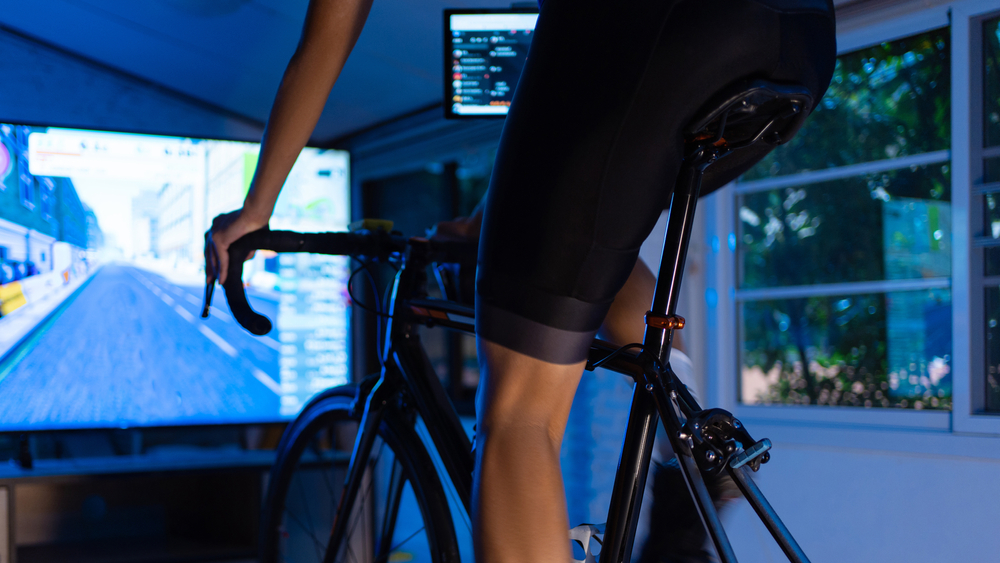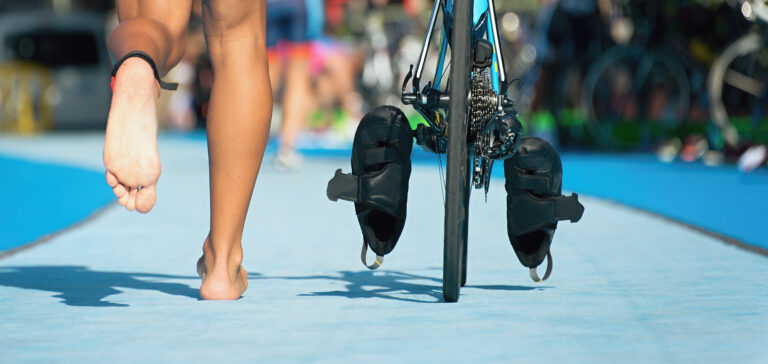Power Meter Basics
Part one of our guide to power meters; take a look if you are considering taking the plunge!
Power meters have become so much more accessible over the past few years due to lower prices and higher availability. The inclusion of estimated power from the likes of Zwift, Trainerroad etc., have also meant that it is so much easier to use power (or a very good approximation of) today than it has ever been.
So, with the rise in popularity, we are regularly getting questions around should I buy one? Do I need one? And then finally, when I do, how do I use it? I will attempt to answer these questions and clarify the basics of their use and how they can influence your training decisions. If you are looking for how to use one for racing itself, I will be going into more detail in a future article, so keep your eyes peeled.

What is a Power Meter?
Hopefully, if you’ve not been hiding under a rock for the past 5-10 years (or you’re entirely new to the world of cycling/triathlon), you will know what a power meter is. Fear not if you don’t. Here’s my quick overview of a power meter.
Essentially it is a piece of equipment that contains a strain gauge that measures the distortion to a flexible piece of material, and as the force applied is increased, it distorts further, which changes the electrical resistance, which is then transmitted to a head unit of some description where some technological magic happens. It converts this information to some numbers measured in Watts, which is essentially the force (technically, it’s torque applied at the pedals by you pushing them) times velocity (distance divided by time); for our usage and understanding, velocity is not the bike moving forward but the speed at which we are pedalling (AKA Cadence). So, essentially to increase your Watts, you will need to either apply more force (pedal harder) or increase your cadence (move the pedals faster); however, this is only true if you are not changing gears as if you shift to an easier gear whilst increasing your cadence you will likely see your watts drop as the power required to pedal is decreased, and vice versa if you shift up.
There are many different types of power meters on the market at various price points. I will try and simplify things to give you an idea of which one might suit you; most of the power meters on the market are accurate to within 1-2%, so what it comes down to is price, ease of use/fitting, and how many bikes you are going to use it on. There are several main types of power meter, and each has its uses:
- Crank-based meter – The power meter is based within the crankset and is usually considered the most accurate (take a look at SRM or Quarq) and are amongst the most expensive. They are also pretty difficult to switch from bike to bike unless you are fortunate to have bikes with exactly the same bottom brackets.
- Wheel-based meter – These were probably the most widely accessible power meters up until recent years and are based in the rear hub of a wheel (take a look at PowerTap); they are pretty reasonable on price and can be quite easily switched from bike to bike, however, once they are fitted to a particular wheel you are stuck with that wheel, so will either have to train on a racing wheel or race on a training wheel.
- Crank arm-based meter – These power meters are, as the title says, fitted into the crank arm of the non-drive side, which can then be swapped across bikes, again, so long as you have the same cranks on each bike, you’ll be fine if not then you might need to reconsider (Look at 4iiii or Stages).
- Pedal-based meters – These are now one of the most popular types of power meters. It’s easy to see why, they are reasonably accurate (so long as they are calibrated when switching bikes) and can easily be changed from bike to bike, so long as you use the same pedals on each bike; they are also relatively cheap, especially if you chose the single-sided options (Take a look at Favero or Garmin). I personally use pedal-based meters just because they are so easy to swap between bikes.
There are some other power meters available that technically don’t measure power but use wind resistance and accelerometers to give a power number. I’ve not listed them, but you can check them out (start with powerpod).
In summary, what it comes down to is your needs. If you have one bike and want the best possible accuracy, go crankset-based. If you want flexibility and value for money, go with a pedal based.
Do I need one/Should I buy one?
The short answer is no; you don’t need one; however, if you want to get more accurate with your training and become a better cyclist, then a power meter is the one piece of kit that I feel is a worthwhile investment. It allows you to understand how your training is progressing and quickly identify areas that need working on. A power meter shows your output, and unlike heart rate or pace, it is not influenced by tiredness, caffeine, weather or other variables that can impact your data’s accuracy.
How do I use it?
Using a power meter (at least initially) is relatively simple. Attach the kit and go ride. I would suggest riding with it for a week or two just to get used to seeing the numbers on your display, and if you are using something like Training Peaks, you can start to gather data, which can be used to work out lots of additional insights into your training. Once you are used to having numbers in front of you and the kit is settled in, you will want to complete a baseline test. This is key to ensuring all your future workouts are completed at the right intensity, and it is also useful to be able to compare results from this test with future ones to see if you are improving.
You will need to complete a functional threshold test to determine your power at threshold. Functional Threshold Power (FTP) is, to give it its official explanation:
“..is the highest power that a rider can maintain in a quasi-steady state for approximately one hour without fatigue. When power exceeds FTP, fatigue will occur much sooner, whereas power just below FTP can be maintained considerably longer” – Dr Andrew Coggan
Put simply, it is an approximation of the power you can hold for around an hour; work higher than this, and you will fatigue quicker, and it is a number we can use to base your power training zones on. FTP is used to monitor your performance and can indicate how well you will do in a race. We will examine how power can help you at its simplest point, power levels! To create these levels of training intensity, we can use FTP as an anchor point; as we know that this equates to approximately your one-hour threshold, we can build some training levels off the back of this figure. There are numerous ways in which this can be completed, but I tend to use Andrew Coggan’s classic training zones, and for simplicities sake, I am going to discuss these.
What are Power Zones?
These zones were devised by Dr. Andrew Coggan in the mid-2000s and have been adopted by many athletes and coaches alike. These levels are relatively easy to calculate from your FTP, and in general, they correlate quite well with differing levels of intensity and energy systems within the body. The zones are:
- Active recovery – <55% of FTP
- Aerobic Endurance – 56-75% of FTP
- Tempo – 76-90% of FTP
- Lactate Threshold – 91-105% of FTP
- Aerobic Capacity (VO2max) – 106-120% of FTP
- Anaerobic Capacity – 121-150% of FTP
- Neuromuscular Power (sprint power) >150%
Now we have these zones calculated, it is possible to start looking at your training in further detail and structure it all with a higher degree of accuracy than using heart rate or speed. We know that to develop our aerobic Endurance, we need to spend time training at 56-75% of our FTP. If we were using heart rate, this would be around 81-89% of Threshold heart rate, but, as discussed earlier, heart rate can be influenced by numerous outside factors (heat, tiredness, stress etc.). In contrast, power is only affected by how hard you are pushing the pedals. Therefore, when we switch to using power, we can now accurately focus on the particular area of fitness we are aiming to develop. Added to this, we can also assess several other areas that can allow us to understand how our body reacts to training, how far/long we can ride without fatiguing, and how hard we are riding.
There is a whole world of information available once you start using power, and we will discuss each one in more detail soon! In the next part of these power-based articles, we will look at how you can use the power zones to build training sessions specifically focusing on different areas of fitness.




